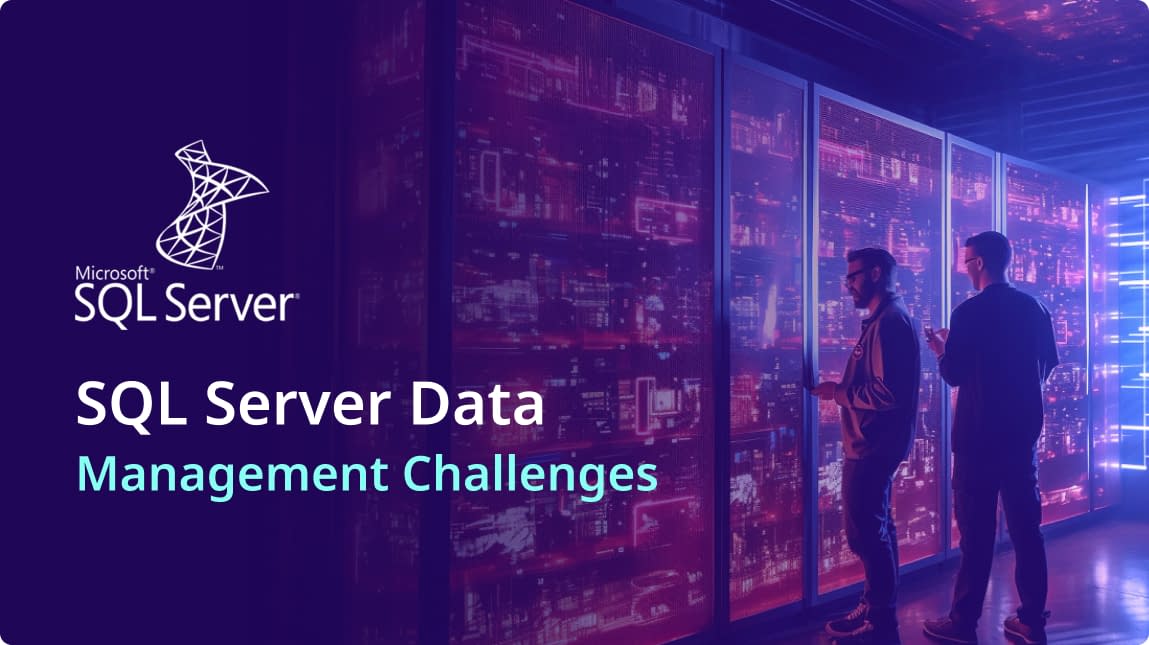If you’ve ever tried to manually scan, find, and de-identify sensitive data like PII and PHI, you know how frustrating it can be. The process is tedious, error-prone, and often leads to compliance mistakes. This is where PII data discovery tools become essential. In testing and development environments, these issues are even more pronounced. These setups often replicate production systems but lack the same security measures, leaving sensitive data at risk.
If your organization handles customer information, you’re required to follow strict data privacy rules. These rules dictate how PII is managed across your databases and network, making it crucial to have reliable PII data discovery software to find and protect this data.
But, with so many PII data discovery tools available, choosing the right one can be tough. That’s why we’ve created this guide specifically to help DevOps and InfoSec professionals identify the key features to look for in PII data discovery software.
7 things to look for in a PII data discovery software
If you’re in charge of protecting sensitive data sprawled across multiple databases and systems these are the top 7 things that you should look for while choosing a data discovery software
The Problem: Finding Non-Compliant PII
Non-production environments often utilize data from various sources. But, manually handling sensitive data discovery and classification for a complex and growing database can result in oversight leading to non-compliance with data privacy regulations like GDPR.
Example:
Each month, your non-production environment is refreshed with the latest production data. Even if you know where your sensitive data resides, the complexity and volume of data, especially with frequent refreshes from production environments, is such that it can lead to overlooked PII. Running scans to identify PII and creating masking scripts is labor-intensive and error-prone, increasing the risk of non-compliance.
Feature #1 : Hidden PII Identification
PII data discovery tools should be able to automatically identify and mask PII across all data types – old, hidden or new.
The Problem: Fragmented Scanning tools
Many organizations use multiple databases across their systems, and the native data discovery and masking solutions for each database often have compatibility issues. Discovering PII across all your databases can be challenging.
Example:
Suppose your organization uses Oracle databases for financial transactions and MS SQL Server for customer relationship management. When implementing a new security policy, you need to ensure that PII in both databases is correctly masked. The process of manually discovering and masking across both Oracle and MS SQL Server can be cumbersome and prone to errors, potentially leading to security lapses.
Feature #2: Cross-Database Integration
PII data discovery tools that seamlessly integrates with all types of databases, data sources and data formats- across your enterprise.
The Problem: Anonymizing PII for testing & Dev
Your PII-containing data is critical for accurate testing, development, and analytics. However; it is dangerous to move this data out of secure environments. How do you leverage your data, while protecting your PII? Static data masking is one such option, especially if you select a platform that preserves your data integrity and has referential integrity.
Example:
Your development team is working on a new customer service application that requires realistic data for testing. The data needs to mimic real user interactions to be useful, but exposing actual customer details is not an option. Manually masking data while preserving its usability, such as maintaining relationships between different data fields, is complex and time-consuming.
Feature #3 : Automated Data Masking
PII Data Discovery tools should include Static Data Masking to permanently mask sensitive data at the source, making it usable for development, testing, analytics, and other use cases.
The Problem: Filtering PII based on different regulations
Ensuring adherence to various data protection regulations can be challenging and error-prone when done manually due to the complexity and variability of regulations.
Example:
Your company is developing a health app that handles user medical records, requiring compliance with HIPAA. Ensuring that all personal health information (PHI) is stored in secure locations and protected, in compliance with these regulations can be challenging. Without a PII Discovery tool, you have to manually search databases, checking each data element, which is time-consuming and error-prone.
Feature #4 : Built-in Compliance Filters
PII data discovery tools should have pre-configured compliance filters that automatically apply the rules of each regulation and flags non-compliant data.
The Problem: System load and Slowdown
Scanning large databases for PII can significantly slow down operations, impacting testing and development efficiency.
Example:
Imagine your team is preparing for a major update to a CRM system with millions of customer records. To comply with data protection regulations, you need to scan the entire dataset for PII and mask it before testing. If the scanning tool is slow, it can delay the testing phase, push back the release schedule, and disrupt your development process, affecting overall project timelines and delivery.
Feature #5. High-Speed Data Discovery
PII data discovery tools that scan large databases quickly and efficiently, ensuring that PII is identified promptly without hindering your workflow.
The Problem: Manual Cataloging
Tracking where PII resides across multiple data sources and systems can be complex and error-prone when done manually.
Example:
Imagine your company is a financial institution with customer data across multiple systems – Microsoft SQL Server for transactional records, Oracle for historical loan data, and Core Banking systems for account information. Manually cataloging PII within each system is not only time-consuming but laborious and highly susceptible to errors
Feature #6 : Accurate PII Cataloging
PII data discovery tools that can accurately and automatically catalog PII across all data sources, giving you visibility into where sensitive information resides.
The Problem: Generating compliance reports
Generating detailed logs and records for audits is crucial but can be labor-intensive and prone to errors if done manually.
Example:
Preparing for a data protection audit requires detailed records of data access and modifications over the past year. Manually compiling these logs from various sources can be time-consuming and lead to inaccuracies, potentially causing compliance issues.
Feature #7: Audit ready reporting
PII data discovery tools should offer audit-ready logs and records with accurate and comprehensive reporting features.
Choosing the right PII data discovery software
Choosing the right PII data discovery software for non-production environments is crucial for safeguarding sensitive information and ensuring seamless testing processes. An effective PII Data Discovery Software should offer continuous compliance with data protection regulations, even across multiple large databases of sensitive data, while also maintaining data usability and integrity.
While there are many options for PII data discovery software in the market, Accutive Data Discovery and Data Masking (ADM) stands out because of its seamless transition from enterprise-wide data discovery to advanced data masking in mere minutes.
There is a reason why Gartner Peer Insights rates ADM #1 – organizations that choose ADM ensure continuous compliance with PII Data Discovery and empower their DevOps and SecDevOps teams with usable test data.
Subscribe to our Test Data Management newsletter for the latest data discovery news, trends, and insights.













Comment